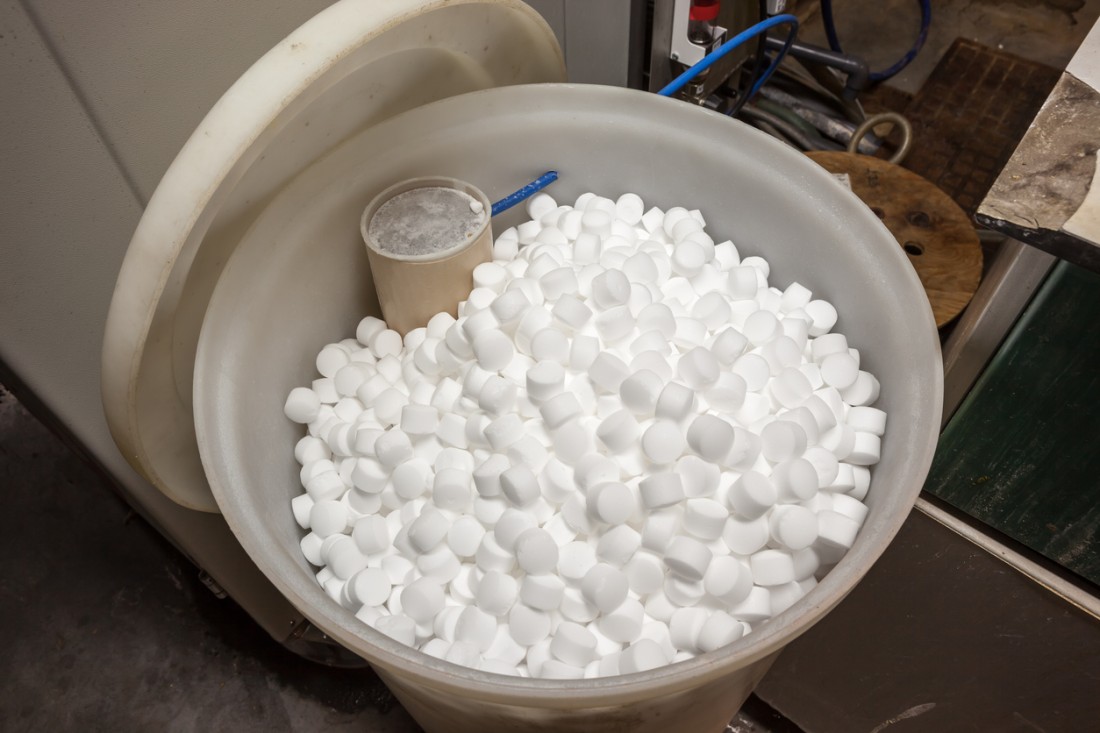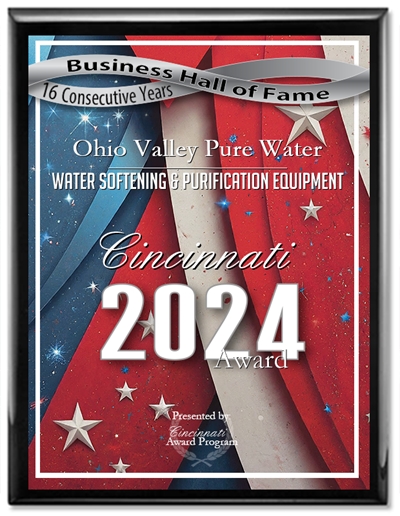 With homeownership comes responsibility. Ensuring your roof is secure, the furnace is functioning, and your water filtration systems are in working order are all key components for homeowners. In order to understand your water softener, it’s crucial to sift through the myths surrounding these devices. Known for their ability to tackle hard water issues, water softeners carry with them a host of misconceptions that need to be addressed.
With homeownership comes responsibility. Ensuring your roof is secure, the furnace is functioning, and your water filtration systems are in working order are all key components for homeowners. In order to understand your water softener, it’s crucial to sift through the myths surrounding these devices. Known for their ability to tackle hard water issues, water softeners carry with them a host of misconceptions that need to be addressed.
Whether it’s worries about salt intake or energy usage, these myths can muddy the waters of understanding. Let’s dive into the truths behind water softeners, debunking common myths and shedding light on the real benefits they bring to your home.
Common Myths Associated With Water Softeners
Myth #1: Softened Water Contains a Lot of Sodium
The misconception that water softeners can lead to high blood pressure due to salt content is rooted in a misunderstanding of how these systems function. Water softeners primarily operate through a process known as ion exchange, where calcium and magnesium ions (responsible for water hardness) are replaced with sodium ions. The sodium content added to the water during this process is relatively minimal, contributing only a fraction to the overall salt content in softened water.
Water softeners undergo a maintenance cycle known as backwashing every time they’re used. The backwash cycle is a crucial step in the overall regeneration process, ensuring the resin bed remains clear of impurities. Following backwashing, a brine solution is introduced into the system to recharge the resin beads through ion exchange, replacing hardness minerals with sodium ions. Subsequently, a rinse cycle flushes out any remaining brine solution, preventing the introduction of excess salt into the softened water.
Myth #2: Water Softeners Work For All Households
The effectiveness of water softeners is dependent on the hardness of the water supply in a given area. While water softeners are invaluable in mitigating the effects of hard water, their performance is limited in regions with a certain degree of water hardness (3.5 grains or less). This limitation becomes apparent in cities like Cincinnati, where the water hardness significantly exceeds the threshold, at 8 to 20 grains, for effective water softening.
For this reason, residents in the Cincinnati area must use a salt-based water softener if they’re looking for effective results. At Ohio Valley Pure Water, we offer three different salt-based water softener models for our customers to choose from.
Myth #3: Water Softeners Will Drastically Increase Your Electric Bill
Shockingly, water softeners don’t use as much electricity as homeowners think. The energy required to run a water softener over the course of a year is the same as what an alarm clock uses during that same time period. This equals to about 70kWh, or less than $10 per year based on US average rates. Most new softeners regenerate only when you need them to, so water and energy use are optimized. For an average family of four, the water softener runs fewer than five times a month.
Myth #4: Water Softeners Remove All Minerals From Water
While water softeners are effective at reducing water hardness, they don’t remove all minerals from water. Other minerals, such as dissolved salts, iron, manganese, and certain metals, are not effectively addressed by standard water softening processes.
If your goal is to address a wider spectrum of contaminants in your water, you may need to consider supplementary water treatment solutions. These can include whole-home water filters and reverse osmosis systems (RO).
Myth #5: It Doesn’t Matter What Type of Salt You Put in Your Brine Tank
This is another common misconception. While most homeowners would prefer to purchase the cheaper salt option for their water softener, there are certain factors you should consider. Local water quality and the presence of iron and other contaminants can play a heavy influence on your choice of salt. Whether or not you have a reverse osmosis system will also play a role.
If you don’t have a reverse osmosis system, we recommend only purchasing Potassium Chloride (salt alternative) pellets for your water softener. For those that do have an RO system, you can buy regular water softener salt. Regardless, Home Depot, Lowes, Menards, Walmart, and other stores carry both types of salt.
Understand Your Water Softener With Help From OVPW
In today’s day and age, there are a large number of online sources available to research your water softener system. Unfortunately, not all of these websites have the correct information, leaving homeowners misinformed. At Ohio Valley Pure Water, we believe that everyone deserves to know the truth and should have a quality water softener in their home.
Our American-made whole-home water softeners work to replace the minerals found in hard water with sodium and potassium—creating softer, safer water for your home. Water softener sizing depends on the number of people in your home or the number of bedrooms. For example, a small water softener (32,000) is for a one or two-person home. A medium (48,000) water softener is for a three to five-person home. And a large (64,000) water softener is for five or more people. All water softeners come with a standard installation.
Install a Water Softener Today
Ohio Valley Pure Water has been providing Cincinnati residents and the surrounding areas with quality water purification systems since 1988. With competitive prices and impeccable customer service, we’re here to bring clean, safe water to your home. Call us at (513) 231-5531 to inquire about your water softener needs today.



